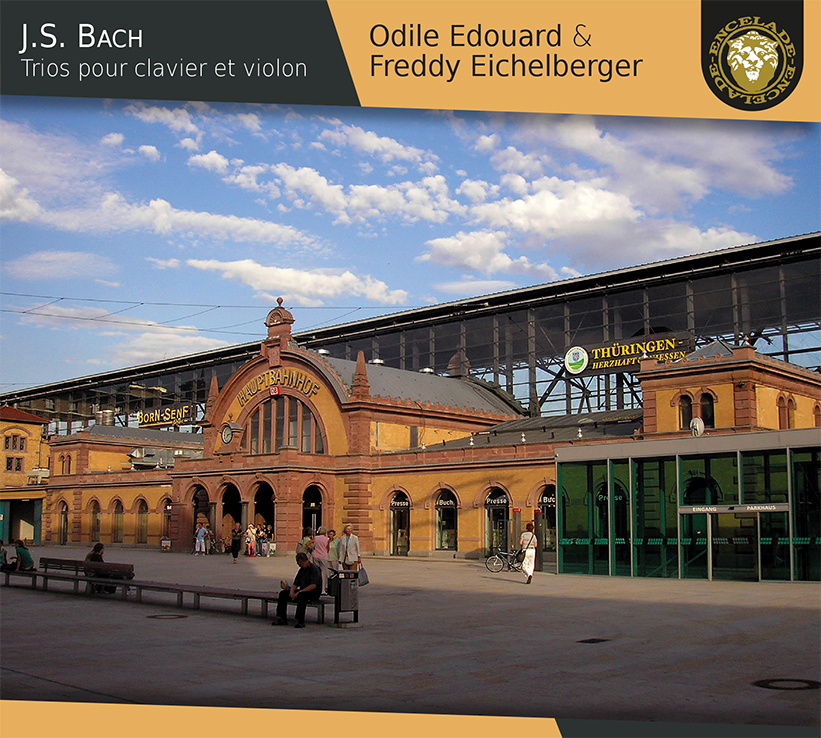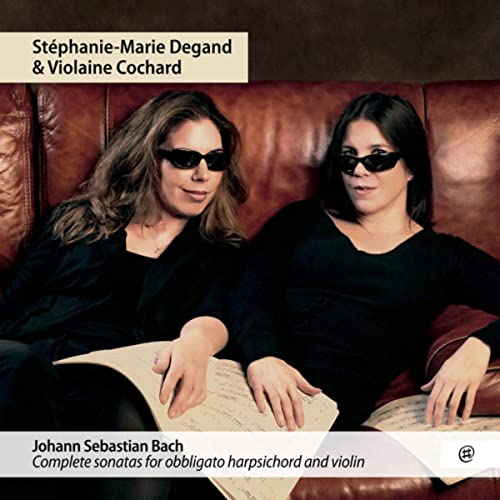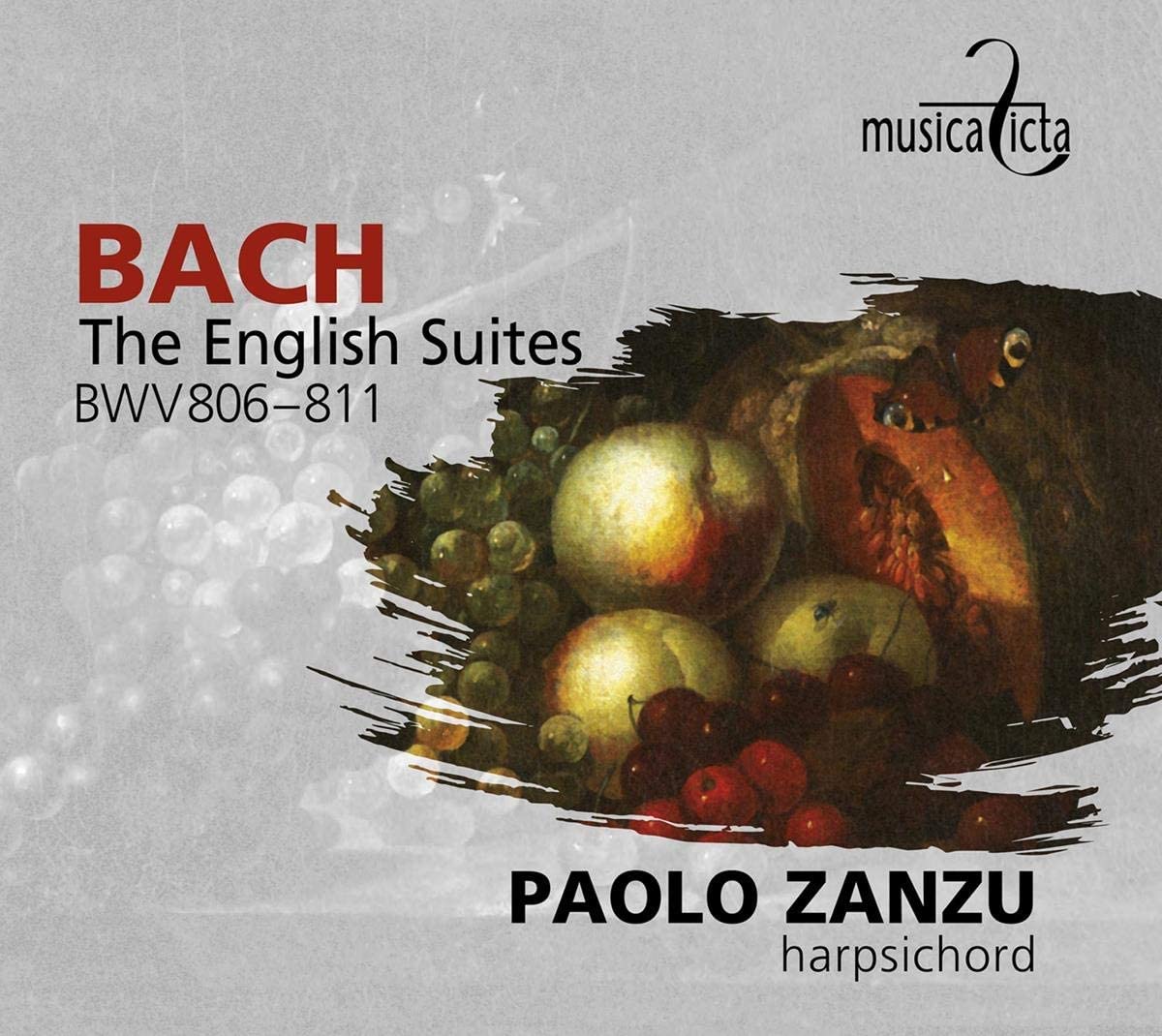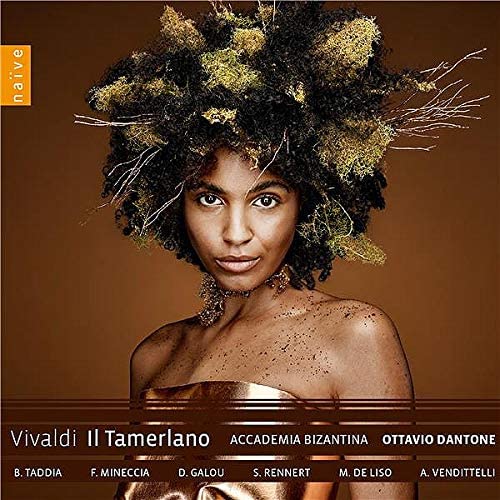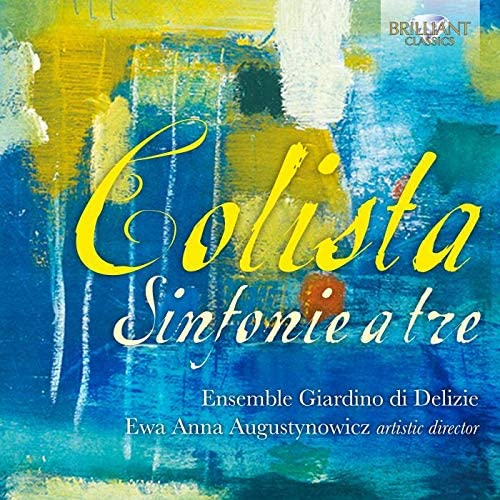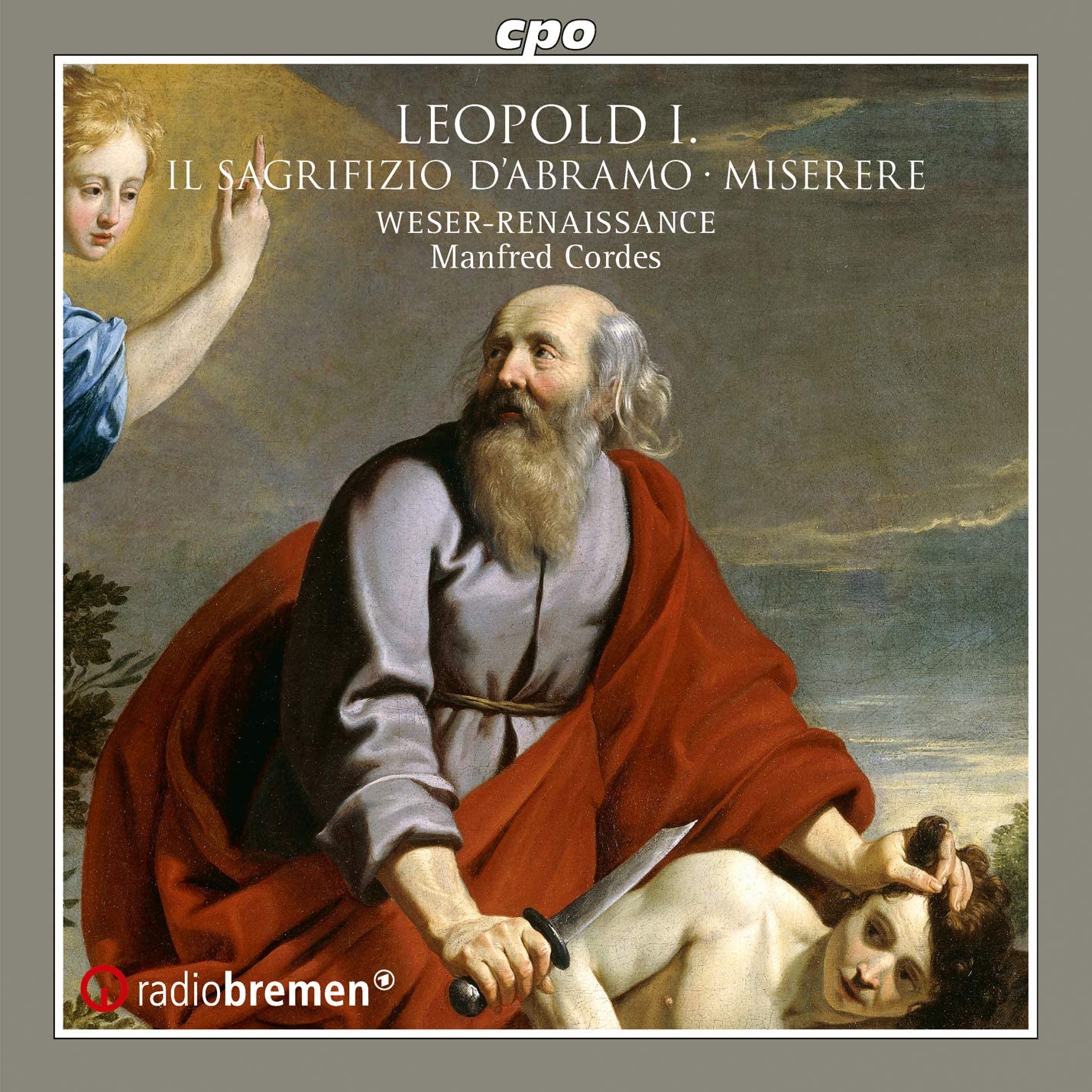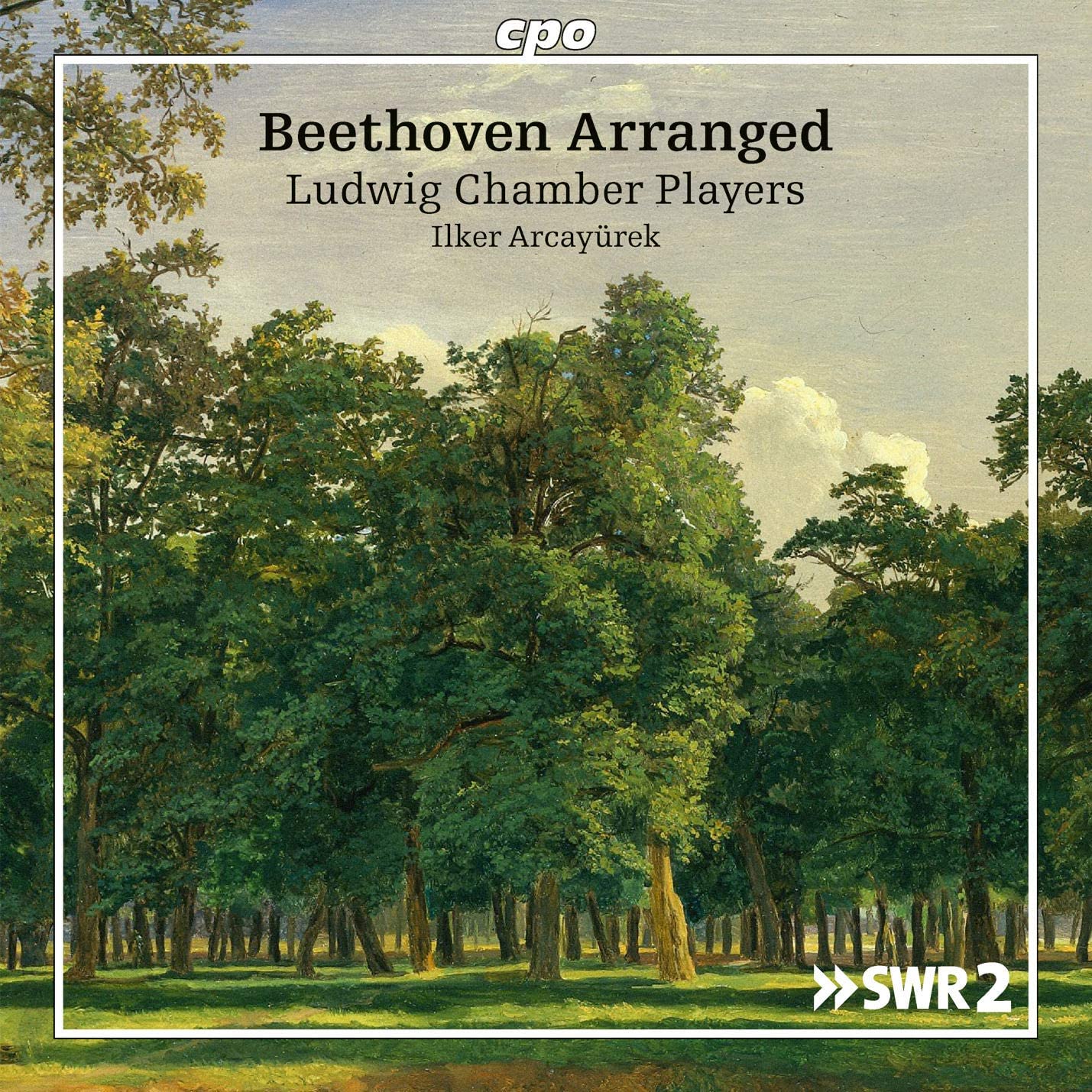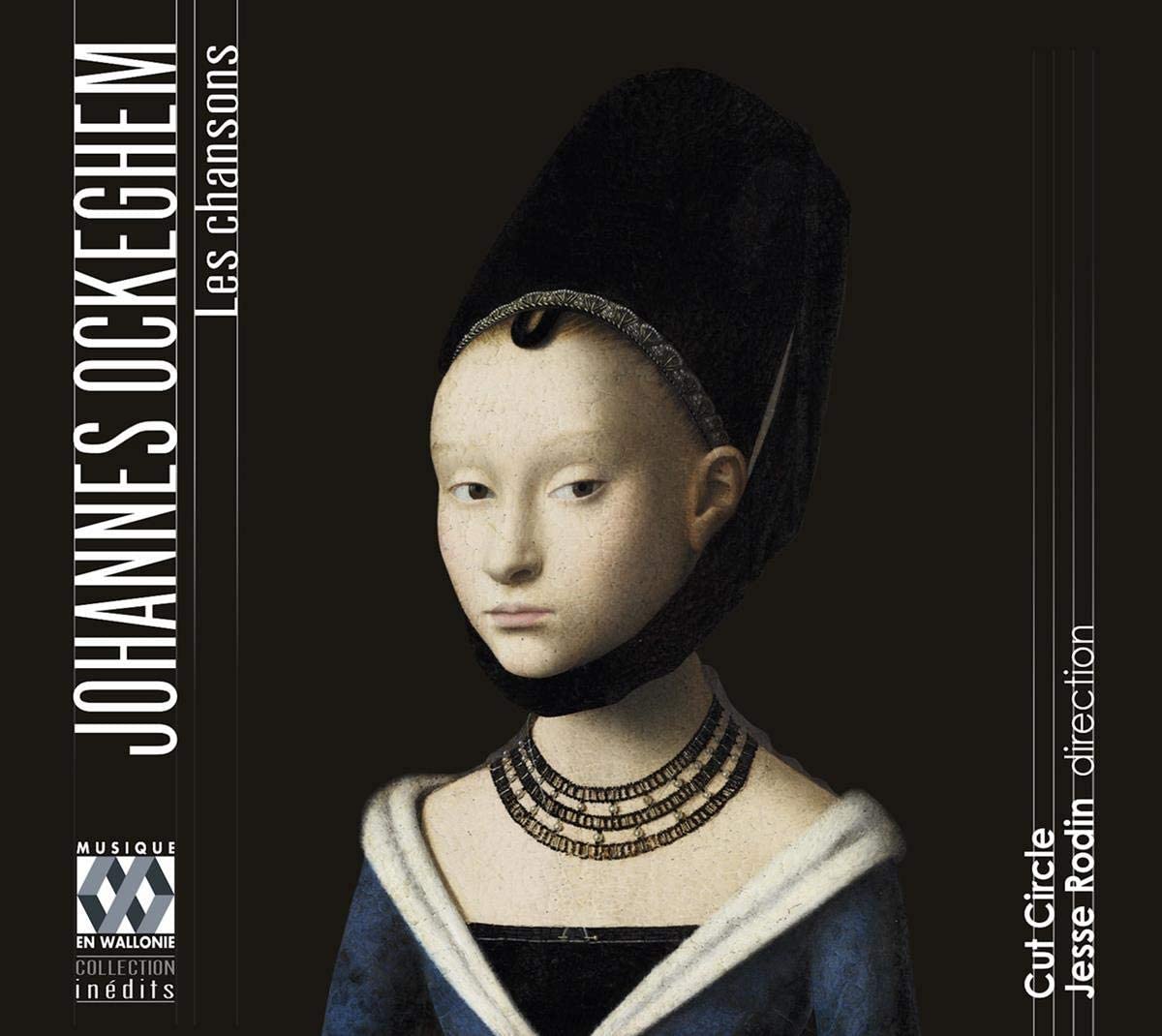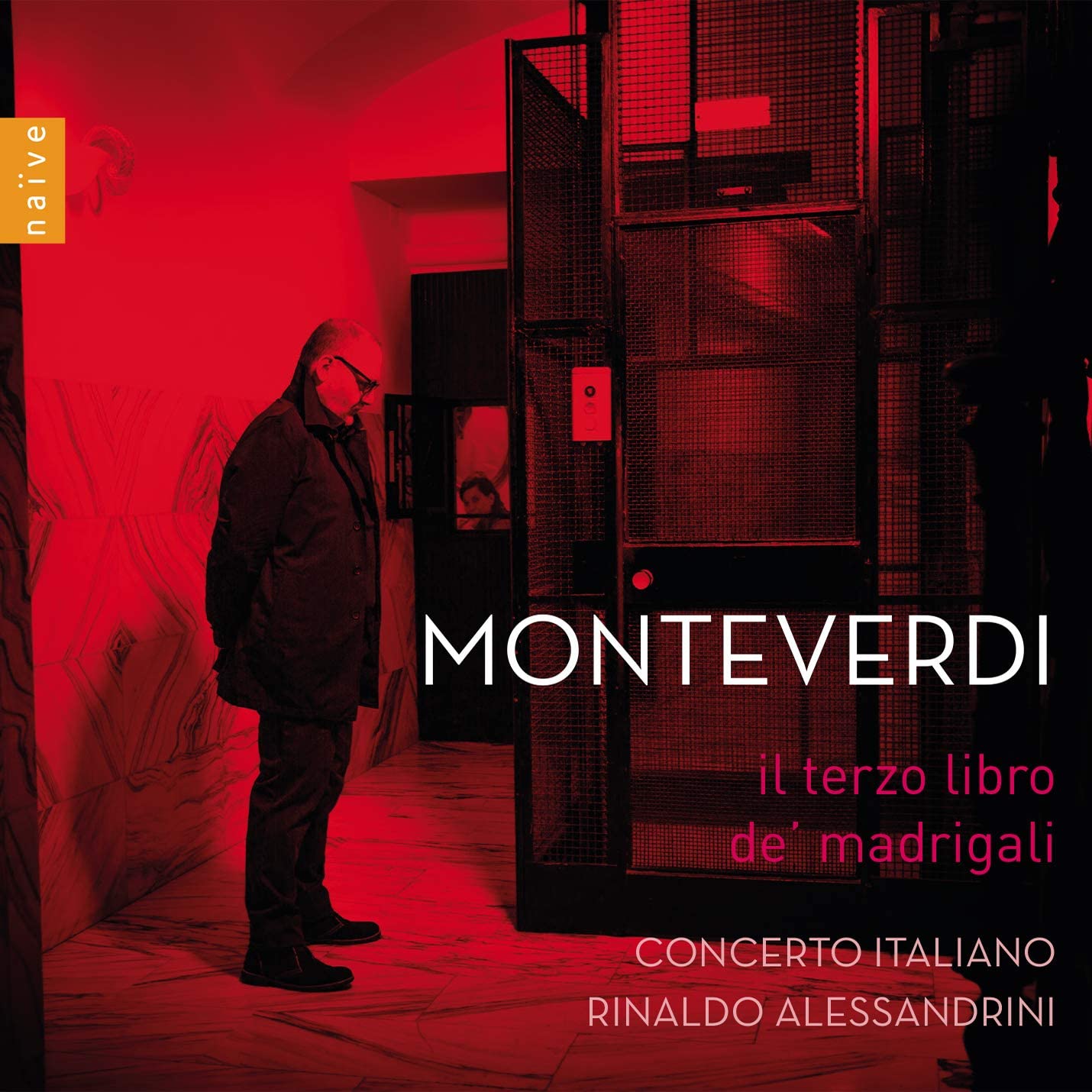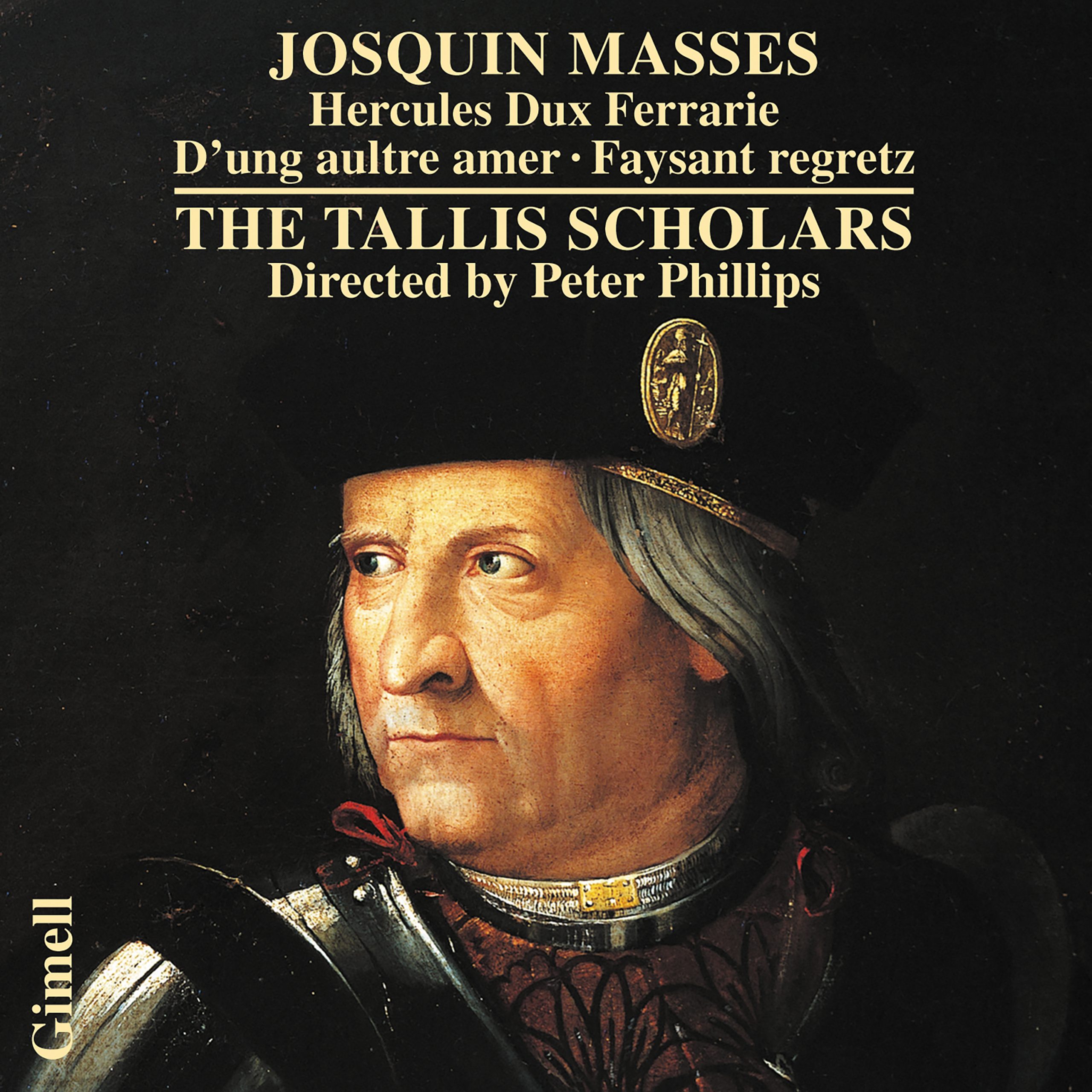Odile Edouard violin & Freddy Eichelberger organ
162:15 3 CDs
Encelade ECL 1704
You can buy this at the record company’s website – if you’re quick you can enjoy a promotional offer of these three discs plus any other from their catalogue for €33.
An unexpected photo of the Railway Station in Erfurt, the capital of Thuringia, forms the cover of this well-presented 3CD recording of Bach entitled Trios pour clavier et violon. The three CDs are recorded using a different organ for each to which a different violin could be matched. Great care has been taken to find suitable organs built in the Thuringian style, though since most of the historic instruments are at Chörton (A=466hz) or higher, all three organs chosen for this project are all recent instruments at 440 or 415.
CD 1 opens with the Fantazia in C minor, BWV 562, played at A=440 on the 1997 organ by Denis Londe in Saint-Louis de Saint Étienne, after Silbermann, and chorale preludes in appropriate keys intersperse the violin works. The second organ (in the Temple de Boudry in the canton of Neuchâtel in Switzerland) is a copy of the actual Silbermann organ in Großhartmansdorf, and the third is by Quentin Blumenroeder in the Temple du Foyer de l’Âme, Paris and is at A=415. Details of their specifications are given in the booklet, which is in French and English. Colour photographs of the three organs and of Edouard’s three violins – Klotz (1757), Bodart, after Stainer (2012) and Hofmans (c.1700) – are on the inner folds of the case.
The nine ‘violin’ sonatas recorded here are the set of six with an independent part in the keyboard’s right hand (BWV 1014-1019), plus two others that are not trios, but simply have a basso continuo (BWV 1021 and 1023 – more like an incipient suite) and BWV 1028, the D major sonata for viola da gamba, of which there is a Bach autograph for violin and keyboard. They make a good group, with their interspersed organ pieces, and are performed splendidly, given that you are happy with the keyboard instrument being an organ, not a harpsichord.
These CDs are celebrating thirty years of Edouard’s and Eichelberger’s longstanding friendship and musical partnership, much of it playing 17th century music. Edouard makes the point that the balance of voices is easier to achieve between the violin and a decent-sized gallery organ with characterful registrations than a harpsichord. The sonorities of the different instruments in the different acoustics are instructive, and have their effect on the tempi as well as the articulation.
From the outset, it is clear that this is a quintessentially French style of playing: the inégales of the opening quavers of the Fantasia are splendidly extreme. And as the C minor sonata begins, it becomes clear that the difference between the string sound and the organ is more pronounced in the slower movements where the warmer string sound with its (fairly restrained vibrato) seems a very different voice, even when the right hand of the organ uses a tremulant. This difference in the way the sound is produced is less obvious in the faster movements, when a more colourful registration is possible on the organ, and the distinction between the way the notes on the organ are produced does not contrast so sharply with the bow strokes and that sense of beginning and growing into a note that is so characteristic of the violin. But by track 12, I was becoming wooed by the sounds and the overall balance. Try tracks 12 and 13 (from the F minor sonata) to judge for yourself.
CD2 takes us to Switzerland and a cleaner acoustic and here I feel the balance between the organ and the 2012 copy of a Stainer instrument is more successful. Again the organ is at 440, but here we seem to be in a more equal partnership: the quality of the individual 8’ ranks certainly helps to achieve the desired equality, and the left-hand registrations speak with amazing promptness and clarity. I especially appreciated the unhurried tempo in the Presto in the A major sonata (track 15).
In CD3 we are with the only organ of the three at 415, and immediately the powerful open principal pedal notes make their presence felt in the concerto-like opening movement of BWV1019, where the organ’s sesquialtera is a more than equal match for the violin. This trio has many similarities in its concerto-like feel with the G major organ trio sonata. This organ is certainly pretty punchy throughout this CD.
So here is a partnership of instruments that grew on me musically over the entire programme. As one who is primarily an organist, I found the choice of instruments fascinating and the playing impeccable, as you would expect. It opens a whole alternative sound-world which I hope our violinists will be keen to explore, even if the right organs will be hard to find. For my money, the Swiss copy of the Silbermann organ in Großhartmansdorf by Jean-Marie Tricoteaux provides the organ that best partners Edouard’s violin (here the Hofmans) and brings out her best playing.
David Stancliffe
